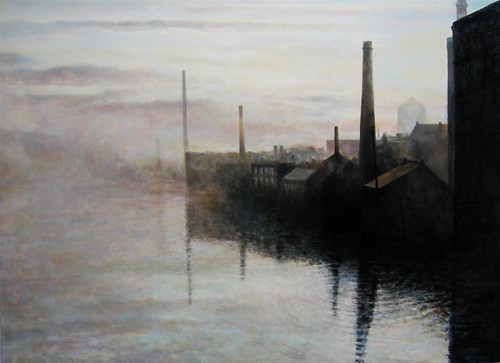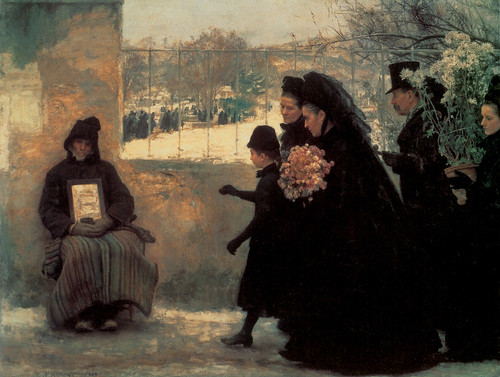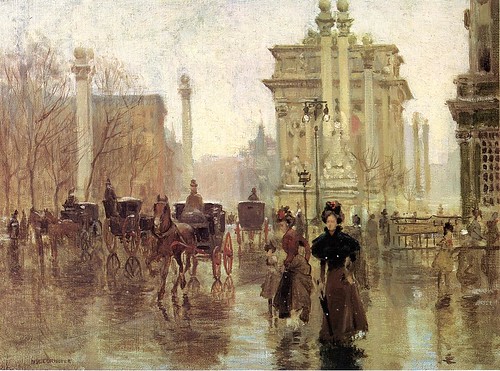Having created Adam and Eve, God gave them Paradise in which to live. It was a delightful garden full of plants and animals. Adam and Eve could eat from any tree in the garden. Only the fruit of the Tree of Knowledge was forbidden. In the foreground, on the left, God (in the form of a cloud) indicates the tree concerned. The serpent, the most cunning animal in Paradise, persuaded Eve to bite the fruit. Eve, in turn, seduced Adam to try a piece. This was the first sin man ever committed against God. When God found out what they had done he expelled Adam and Eve from Paradise. Cornelis van Haarlem painted the Fall of Man in a larger than life format in 1592. His patron was the city of Haarlem.
Before the Fall humans and animals lived together peacefully in Paradise. Van Haarlem surrounded Adam and Eve with no less than 21 animals, from a tiny butterfly to a large lion. Some animals are also significant as symbols. They refer to the various human temperaments. The ape next to Adam refers to the 'sanguine' (hot-blooded, lustful) temperament, which it was thought to be particularly typical of men. The cat, lovingly cradled by the ape, symbolises the choleric (cruel, nasty) temperament, to which women have tended ever since the Eve. Other animals have double meanings too: the owl in the tree represents foolishness (animals that could not see in daylight were thought to be stupid). The fluttering butterfly next to Adam suggests his frivolity.
[Oil on canvas, 273 x 220 cm]













































